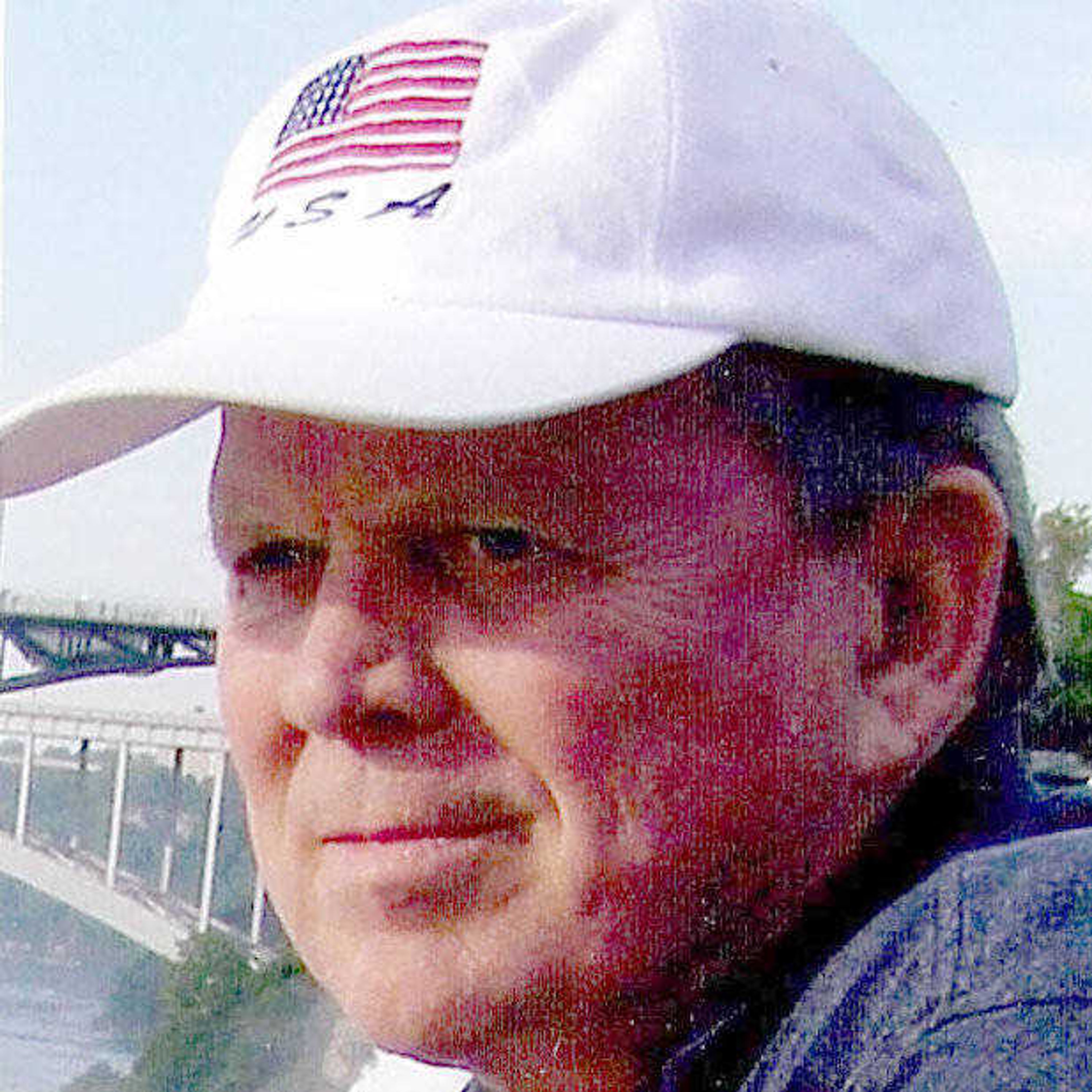My bucket had some stars in it
A while back I saw the movie "The Bucket List," which co-stars Jack Nicholson and Morgan Freeman. The story was about two men with terminal illnesses who had a list of things they wanted to do before they died -- before they "kicked the bucket," so to speak. I suspect that everyone has a bucket list, either written or unwritten. This column is about one of mine...
By Mark Hopkins
A while back I saw the movie "The Bucket List," which co-stars Jack Nicholson and Morgan Freeman. The story was about two men with terminal illnesses who had a list of things they wanted to do before they died -- before they "kicked the bucket," so to speak. I suspect that everyone has a bucket list, either written or unwritten. This column is about one of mine.
Ruth and I spent a pleasant 10 days recently visiting national parks in southern Utah. She reluctantly went along to help me check off four or five things on my bucket list. So it was Zion, Bryce, Canyonlands, Cedar Breaks, Dead Horse and Arches National Parks on successive days. In truth, my real reason for going had to do with the National Parks designated dark areas in the country. Indulge me a few minutes for an old-timer's story and you may understand better what was on my mind.
When I was growing up in Southeast Missouri in the late 1940s, you could go out in your backyard, lie down in the grass and look up at the sky and see more stars than you could count. The Milky Way stretched from horizon to horizon, the Big Dipper was visible and Venus was the brightest star in the sky though it had hundreds of rivals. The memory of those summer night skies has been in my mind for about 70 years.
Why only in my mind? Light pollution is such today that there are just a few spots in the country where you can see the Milky Way. All of those places are well west of the Mississippi. Bryce and Canyonlands national parks are two of those places. I didn't really talk much about seeing the stars again as we prepared for the trip. Who could justify spending 10 days and a couple thousand dollars to see some stars? Well, who indeed?
As luck would have it the day designated for Bryce Canyon was overcast and spitting rain. The park gave up its sights, but there was no night sky with the splendor of my memories. So, we headed across the state to the little town of Moab, situated between Canyonlands and Arches. After spending the day at Arches we had supper at a local restaurant where a young waitress suggested star gazing at a place called Ken's Lake south of town. We realized as we drove into the parking lot that we had entered what appeared to be the local Lovers' Lane. I wondered how the young lady knew that place so well.
We shut off the car engine, got out of the car, and there it was. There was the memory. The Milky Way stretched from horizon to horizon with more stars than you could count. There was Venus, Polaris and the Big Dipper, all so close you could almost touch them. Stars were everywhere by the millions. We counted at least four airplanes in the sky along with an occasional shooting star, probably falling space debris from all the junk we have shot up there over the past 60 years since the time of Sputnik in 1957. Amazing! Simply amazing!
The next evening we made our way to the visitor's center at Dead Horse Point at the edge of Canyonlands Park for a second night of watching God's celebration of the night sky. It was even better than the first night. As we drove out of the park we stopped for one more last look, probably the last time I will be able to renew that memory of summer nights 70 years ago.
There are many things still languishing on my bucket list, but one by one I am checking them off. Seeing the night sky again in all of its magnificence was worth the trip, and I would do it again in a minute.
Connect with the Southeast Missourian Newsroom:
For corrections to this story or other insights for the editor, click here. To submit a letter to the editor, click here. To learn about the Southeast Missourian’s AI Policy, click here.










